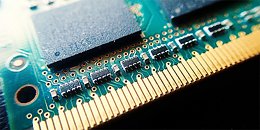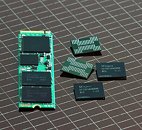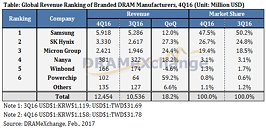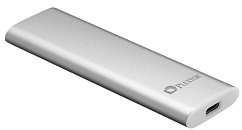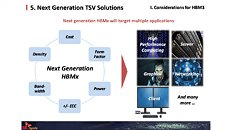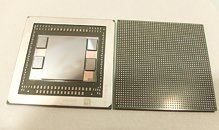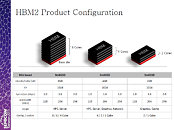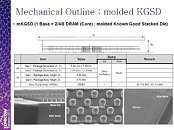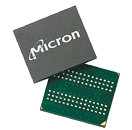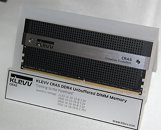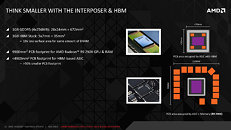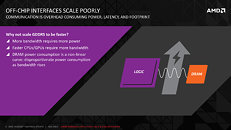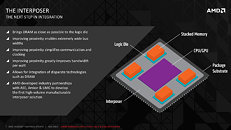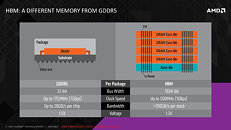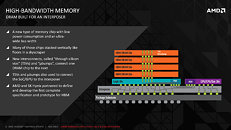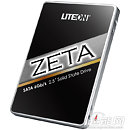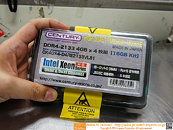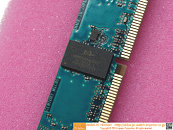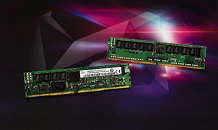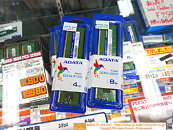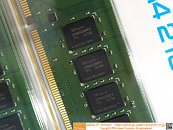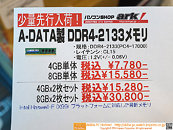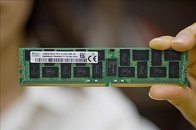Amidst Production Woes, Pricing of DDR4 DRAM to Climb 12.5% on 2Q17 - Trendforce
Continuing the trend of previous reports, DRAMeXchange, a division of TrendForce, reports the general price increase in the PC DRAM market is growing larger than anticipated as the already tight supply situation is compounded by quality problems with products made on the leading-edge processes. Based on a preliminary survey of completed contracts for the second quarter, DRAMeXchange estimates that the average contract price of 4GB DDR4 modules will go up by about 12.5% compared with the first quarter, from US$24 to around US$27.
"PC-OEMs that have been negotiating their second-quarter memory contracts initially expected the market supply to expand because Samsung and Micron have begun to produce on the 18 nm and the 17 nm processes, respectively," said Avril Wu, research director of DRAMeXchange. "However, both Samsung and Micron have encountered setbacks related to sampling and yield, so the supply situation remains tight going into the second quarter and PC DRAM prices will continue to rise through this three-month period."
"PC-OEMs that have been negotiating their second-quarter memory contracts initially expected the market supply to expand because Samsung and Micron have begun to produce on the 18 nm and the 17 nm processes, respectively," said Avril Wu, research director of DRAMeXchange. "However, both Samsung and Micron have encountered setbacks related to sampling and yield, so the supply situation remains tight going into the second quarter and PC DRAM prices will continue to rise through this three-month period."
